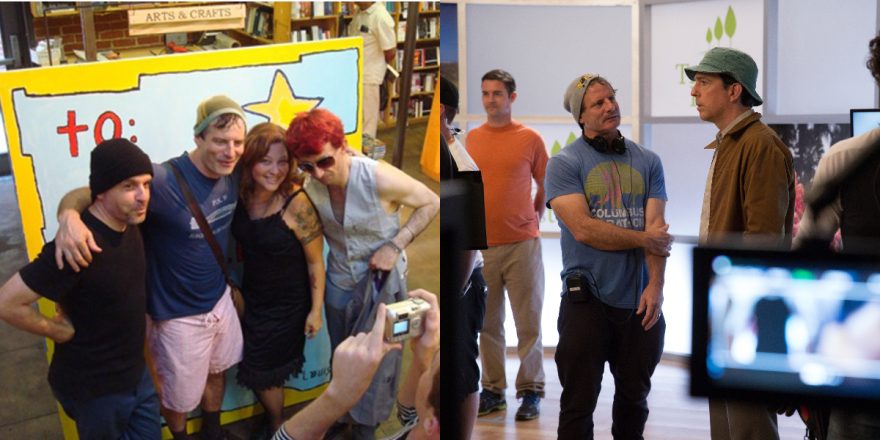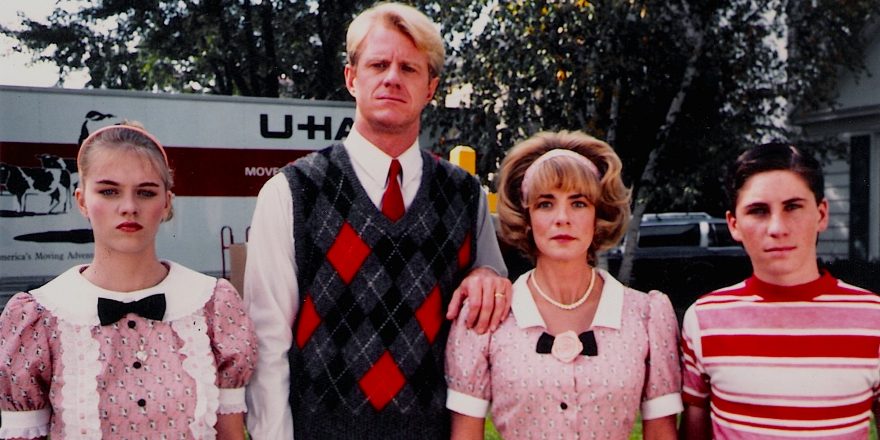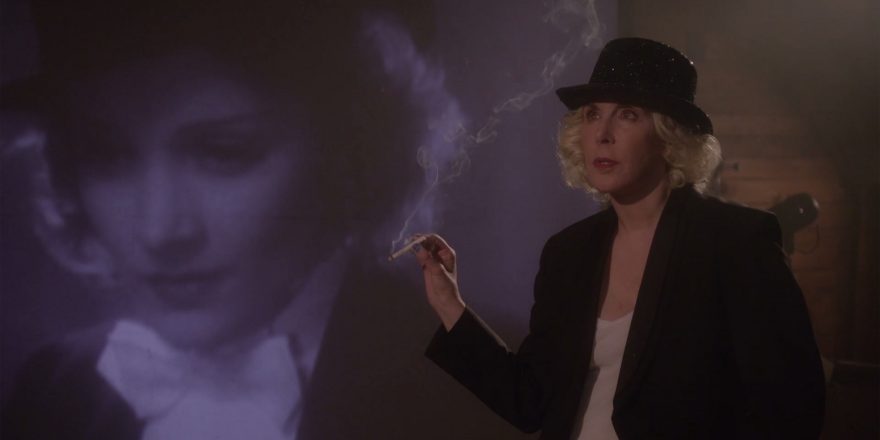I ended up in Los Angeles with my friend Eddie. No dreams about movie stuff. We just literally had nowhere to go, so we took a bus three thousand miles (hell!) in search of somewhere new. When I say we had nothing, I mean it. We needed jobs, and I was lucky enough to have a friend who gave me one at a dub room.
Eddie, as always, was much more creative. He ended up clapping in paid audiences on Gower and Melrose for anywhere from $25 to $50 a show. He described the shows as so horrible they couldn’t trick tourists into going to them. His analogy, Judge Judy but a million times worse. “Ten million.”
One time, Eddie made an extra $100 for unenthusiastically asking a question on an infomercial about being able to “buy a house with no money down.”
It all seemed like fun and games till he couldn’t work again for a month because, according to the shows’ “booking agent” (yes), he had been “exposed.” Seems these crappy shows don’t want you to know they have to pay people to sit through them so they insist you bring changes of clothes and “accessories” to conceal your identity. They encourage a bag full of glasses, beards … whatever to make it seem like each episode is holding back the influx of passionate tourists fighting to bare witness to this crap live.
How strange that an industry built on fame had a branch that fame could ruin!
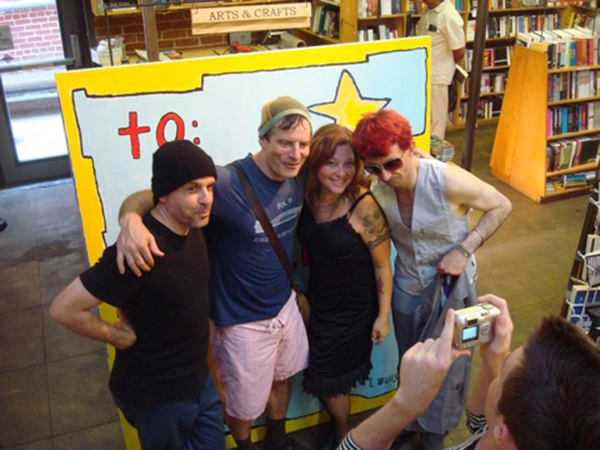
I went with Eddie a few times for the money and loved the world of clappers. Unlike, say, extras, they did not seem to be using this as a bridge to something “bigger.” Clapping appeared to be an industry unto itself. Which sounds pretty nuts, right?
When I was in the audience with them, I loved listening to the clappers contemplate unionizing and arguing over who’s kissing the booking agent’s ass – while no one was watching the actual show. Literally they’d be eating sandwiches and quietly arranging their next gigs in between laughing and “oohing” whenever they were prompted by the cue cards. “HAHAHA!” “OOH!’
And then they’d all perk up when the producer announced that the camera would be getting a wide variety of “reactions” from them to insert whenever the crappy show deemed necessary.
I hope I don’t sound too judgmental about any of this, as I found it kinda great.
I’d hang out with Eddie from time to time and especially loved how his work somehow expanded to also include human guinea-pig research. (Really.) Eddie was paid $25 per test patch and would sometimes have so many on him – everything from untested fragrances to ointments – that he’d smell like some weird combination of patchouli and Desenex. Aside from the smell, he also had to contend with the inevitable hives and itching.
Most memorable was the time he did a two-day adrenaline test, which was so intense that he ran out of it. But it did pay $1,000. (I shot The Clapper in 19 days, so sadly some of the amazing details of Eddie’s life had to go.)
Eddie and I would meet late at night at Astro Burger on Santa Monica Boulevard and laugh about the madness of his subterranean world. I mean, I could have lived happily in that world for a lifetime! There was always a freedom and a kind of beauty to it that I loved, and I envied how unattached he was.
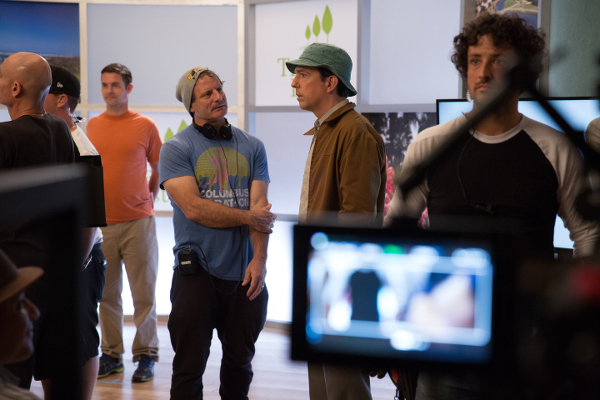
I wrote about all this in my novel Eddie Krumble is The Clapper, and after the book came out I met some great actors about making a movie of it. My favorite was Bernie Mac, who really saw Eddie, described him simply as “a guy just doing a job.”
There’s one question I’ve been asked over and over both while I was trying to get The Clapper made and even while I was making it: “Is it a comedy?” Honestly, I don’t know. There’s funny stuff in there for sure, but what compelled me to make the film was Eddie’s world. A world that neither fame nor anything else can screw up, a world that we can laugh about when we get off work and go hang out at Astro Burger.



